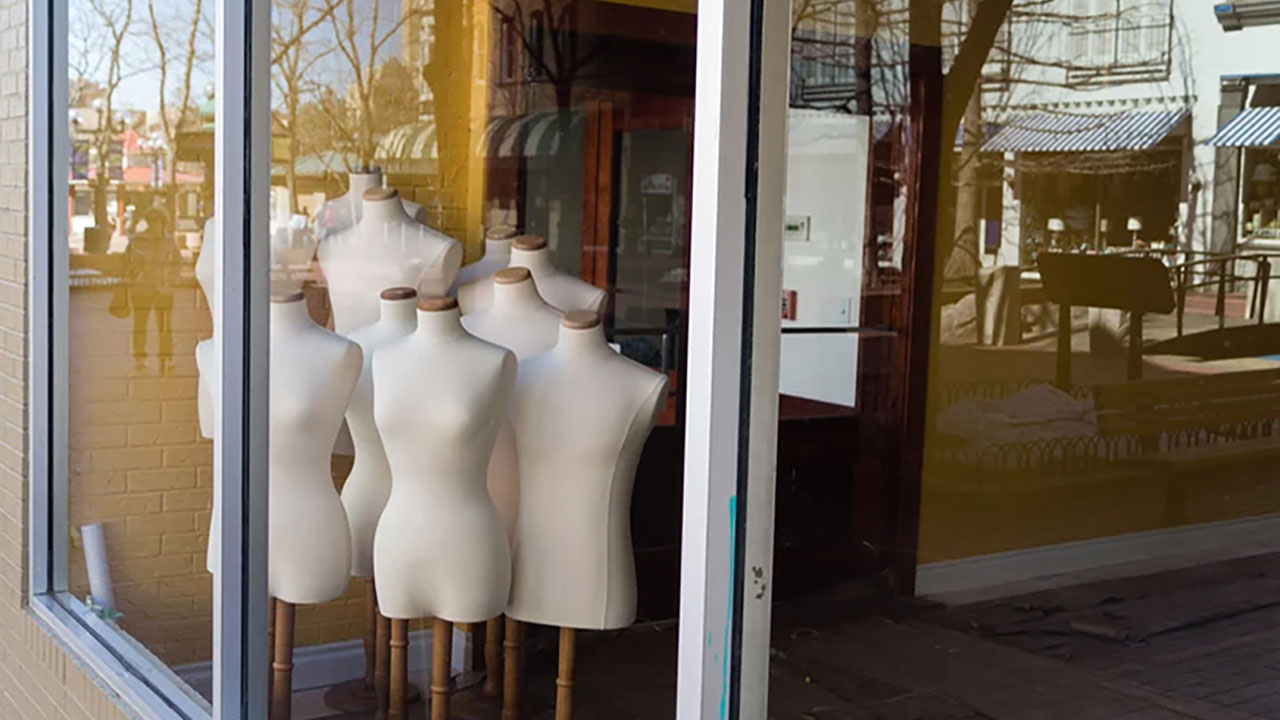
Few retail landlords like the idea of vacant space in their centers. But sometimes a tenant defaults or vacates early, leaving behind dark space.
One way to avoid this is when the tenant turns into a sublandlord and subleases the space to someone else. Experts told Connect CRE that subleases can benefit retail landlords. But they can also lead to tricky ramifications.
The Positive Impact
Properly executed subleases can, of course, fill vacant space. This will “hopefully generate additional traffic in the center, versus a dark space,” said Henry J. Breaux, principal, the Providence Group.
Breaux also pointed out that a tenant that sublets space also takes on transaction costs including tenant improvements and brokerage/attorney’s fees. “In some cases, a subtenant may turn into a reliabble tenant once the sublease expires,” he added. Along those lines, in the event of a tenant default, a sublease could benefit the landlord “if a subtenant assumes and performs the lease obligations, and cures the existing defaults,” said Cox Castle Associate Travis Jeffries.
Ben Brown added that a full retail space generates energy and activation, both of which are important elements in a shopping center’s health, marketability and rent growth. “Any vacancy, even if a landlord is still receiving rent for the same, creates a strain and potentially negative ripple effect,” said Brown, who is a Broker with Baker Katz. “A sublease tenant allows for the activation to stay constant, in theory, and reduces exposure for the landlord.”
On the Other Side
But not all is positive for the landlord in dealing with sublet space, even if a master lease is in play.. “The primary disadvantage of a sublease is that a landlord does not have the legal right to exercise control over a subtenant,” Jeffries said. “The landlord and subtenant don’t have a privity of contract.” This means that, depending on the lease, a landlord’s rights and remedies pertaining to the subtenant are limited. “Enforcement of the lease and resolution of disputes must be exercised through the original tenant,” Jeffries pointed out.
And depending on the subtenant, brand and quality might be eroded. A traditional lease agreement allows a landlord to vet a tenant, performing due diligence. However, “in a sublease situation, the landlord’s due diligence process can be compromised, as qualifying controls can be limited,” Brown said.
Caveat Landlord
The experts indicated steps that landlords can take to benefit from the positives of a subtenant, while protecting their interests. The Providence Group’s Breaux suggested that landlords should pay attention to assignment and sublease provisions when negotiating leases with main tenants.
Brown agreed, noting the need for thoroughness and mindfulness when reviewing the lease. He acknowledged that a lengthy lease negotiation process can be a grind. However, “all leases are important, specifically the ones that can impact use,” he commented. “The subletting provision is one of these.”
In addition to this, a proposed sublease should require the tenant to assume the original tenant/sublandlord’s obligations under the original lease, Jeffries said. This, he added, should be outlined in the original lease.
The general takeaway is to pay attention to sublease language in a lease. With this in mind, “a landlord should be able to mitigate risk,” Breaux noted. “They can create a limited path for a sublease under prescribed conditions. This can protect the shopping center’s image, while not placing the landlord in a compromised position.”
By Amy Wolff Sorter
Connect CRE